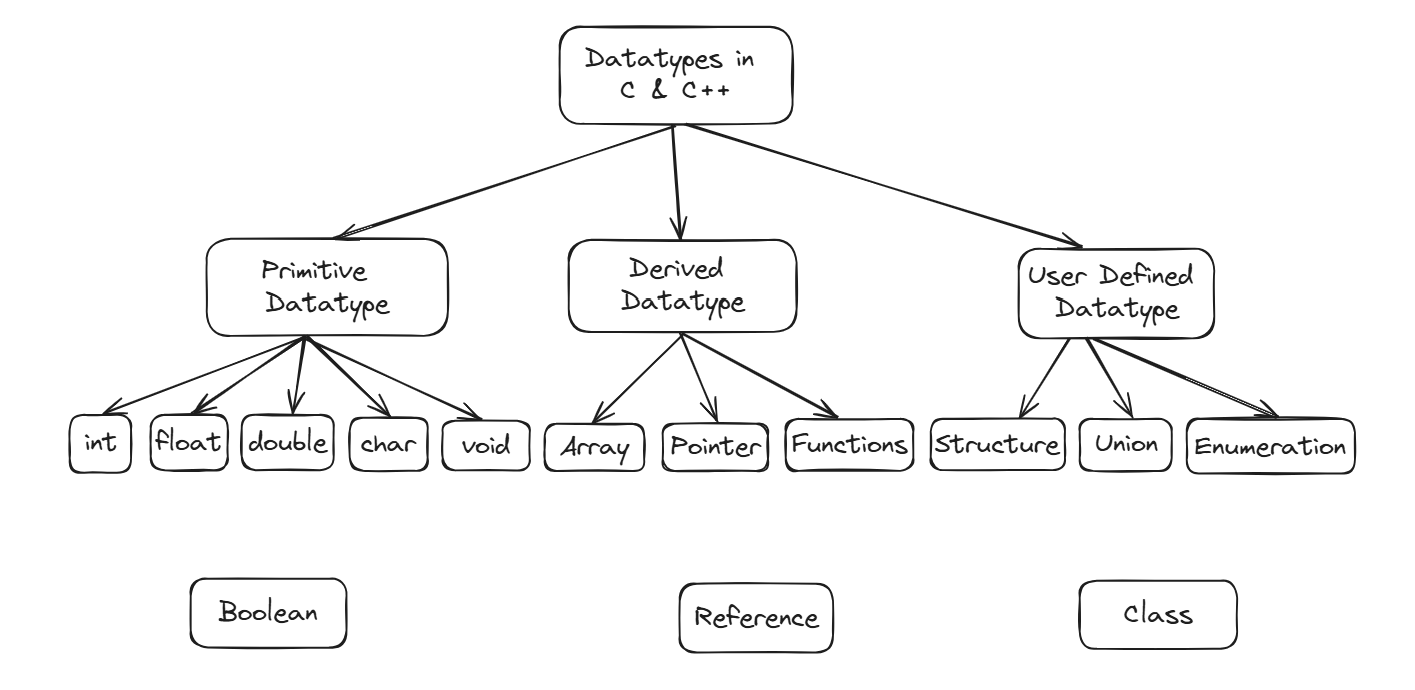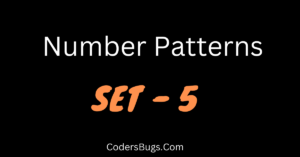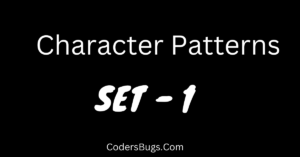Data Types in C and C++
When we execute an application, it gets loaded into RAM. Inside every application, we need some memory locations to store values. To store these values, we create variables. Before creating a variable, we must decide on the set of datatypes to use in our application. In C and C++, datatypes are classified into three categories:
- Primitive Datatypes
- Derived Datatypes
- User Defined Datatypes
Almost every programming language includes these types of datatypes. Depending on the requirement, we can select a specific datatype.
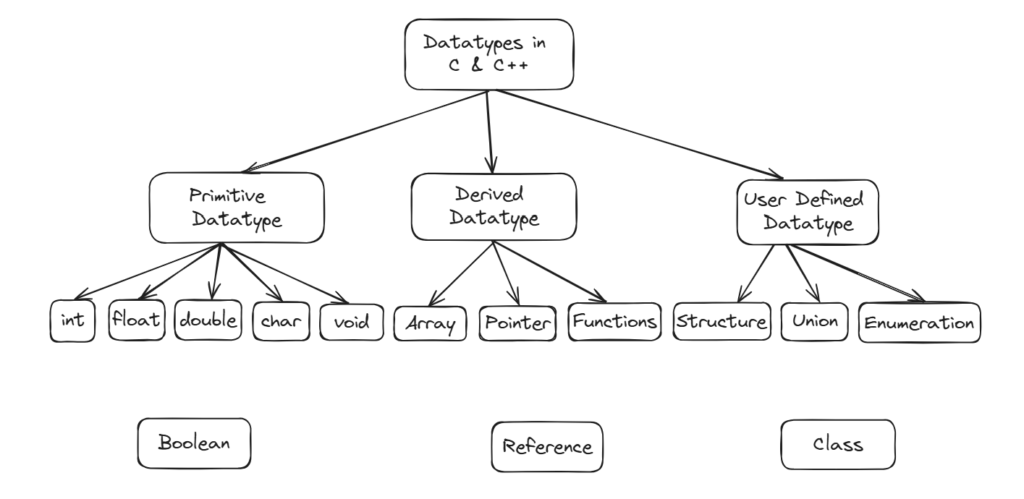
Primitive Datatypes in C and C++
Primitive datatypes are provided by the language designer. As programmers, we can directly create variables of these datatypes. For example:
- To store a letter (alphabet), we create a variable of type
char. The size of acharis typically 1 byte. - To store an integer value, we create a variable of type
int. The size of anintis typically 4 bytes. - To store a numeric value with a decimal point, we create a variable of type
float, which has a size of 4 bytes. - To store a numeric value with a higher precision decimal point, we create a variable of type
double, which has a size of 8 bytes. - A Boolean variable can store either
trueorfalse(1 or 0). The size of a Boolean variable is 1 bit. - We cannot create a variable of type
void.
Example:
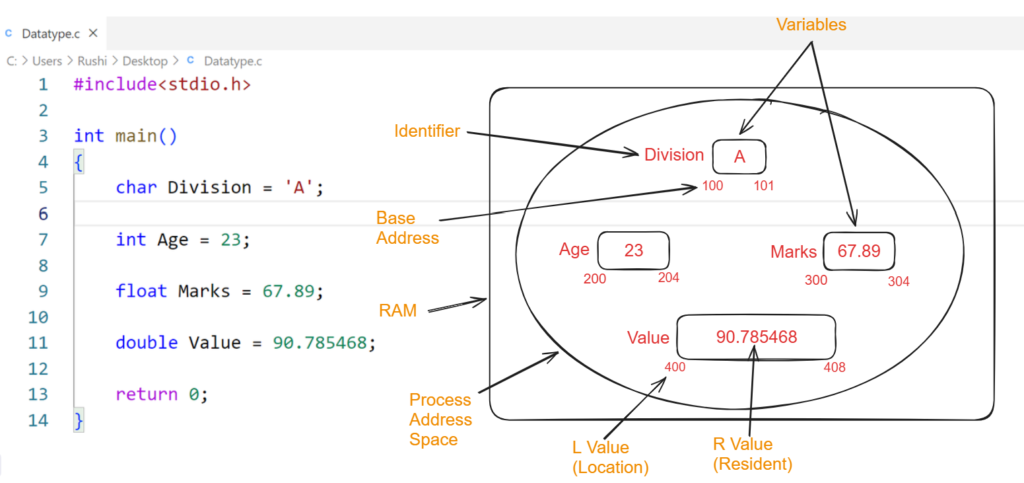
Visualization of RAM
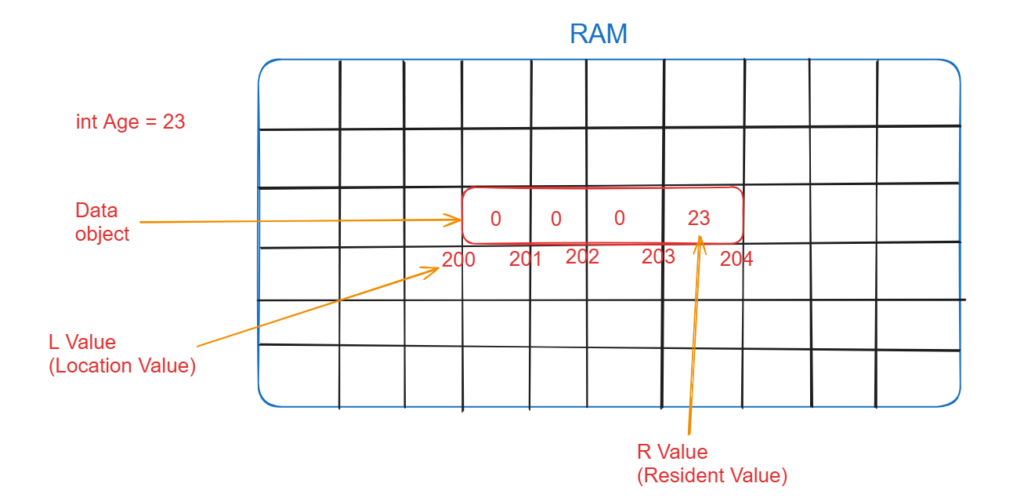 When we create a variable, it is considered a data object. Each data object contains two things: L-value and R-value.
When we create a variable, it is considered a data object. Each data object contains two things: L-value and R-value.
- The L-value of the variable indicates its location, which is the address of that variable.
- The R-value is the data stored inside that variable.
